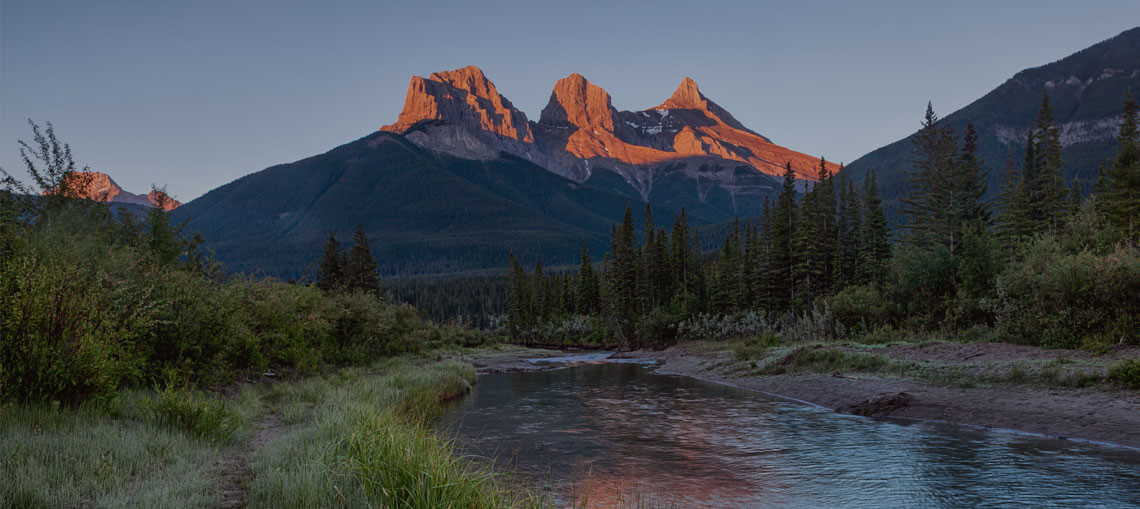Land Acknowledgement
Bow Valley College aims to uphold the intention of the numbered friendship treaties from the perspective of Indigenous Peoples. As an Education institution in Treaty 7 territory, it is our responsibility to pursue a deeper understanding of this Treaty, so that we can respect and honour its terms, and respect Indigenous Peoples’ legal and inherent rights. As a college, we know we have more to learn, and that there is more we can do to deepen our capacity to work alongside Indigenous communities in reciprocal ways.
We acknowledge the Blackfoot Confederacy: which includes the Siksika, Kainai, Piikani, and Amskapi Piikani First Nations; we acknowledge the Îyâxe Nakoda: which includes the Goodstoney, Chiniki, and Bearspaw First Nations; and we acknowledge the Tsuut’ina First Nation.
We also acknowledge the historical Northwest Métis homeland and the Otipemisiwak Métis Government of Alberta, districts 4, 5, and 6 in Battle River territory.
We acknowledge and express our gratitude to the Indigenous caretakers of this land, and we join all Nations in celebrating the unique histories, traditions, and contributions of Indigenous Peoples as we continue our journey of reconciliation together.
Recommended resource for pronunciation guidance:
Bow Valley College (Director). (2019, January 14)
With the addition of “Amskapi Piikani” [Um-ska-pi Be-gaan-ii]
Why do we acknowledge the land?
Land Acknowledgements in colleges and universities began as a way to recognize and stop the erasure of Indigenous Peoples from the land and the Canadian narrative. Today, acknowledging the land is more common and has evolved to be a sign of respect for the land and its original Peoples.
Offering a land acknowledgement is an opportunity to express our responsibilities to the land and the kind of relationship we are trying to build. This is a practice that everyone can engage in and it can lead to further action towards reconciliation. The resources here will help you learn more about land acknowledgements, but you are encouraged to pursue additional learning opportunities as well.
Why has our recommended land acknowledgement changed?
The land acknowledgement above was created in a collaborative, knowledge sharing process by those leading Indigenization initiatives at the College. The land that is within Treaty 7 territory holds many stories and histories.
It is important that our acknowledgement honours and includes these multiple stories and relationships. Relationships, as well as our knowledge and understanding of this land and its history, also change over time. So, we can expect that how we acknowledge the land, our relationships, and our responsibilities will also change over time.
We are also in the historical Northwest Metis homeland. In the past, you might have seen “Métis Nation Region 3” mentioned in land acknowledgements. These boundaries were redrawn when a new government was created in 2022. We now acknowledge these regional boundaries of the Otipemisiwak Métis Government.



